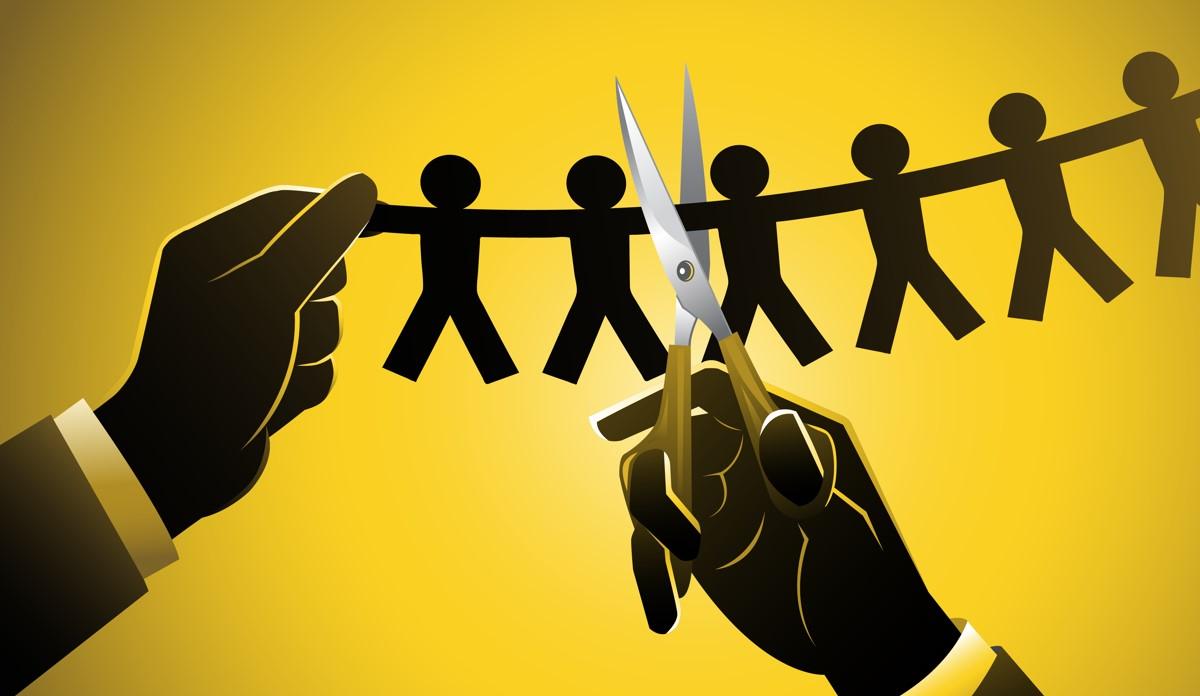
The concept of the “fair wage” or the “just wage” is centuries old. It dates back at least to the Middle Ages and was founded on the idea that “just” prices of goods must be sufficient to provide “a reasonable wage to maintain the craftsman or merchant in his appropriate station of life.”
In its modern form, the idea of the just wage is often known as a “living wage.” But whatever its form, the notion comes down to the idea that an employer must pay his workers a wage that will be sufficient to fully cover the cost of a “decent standard of life.”
One might guess—given the idea’s popularity in the Middle Ages—this idea has also long influenced Christian moral theology, and many Christian groups—most notably many Catholic theologians—have insisted employers are morally obligated to pay a “fair wage.” In practice, what this means is that even if the market value of the fruits of a worker’s labor falls below his wage level, the “common good”—”equity” or “social justice” in the modern parlance—does not allow the employer to reduce the worker’s wages accordingly. That is, the employer “owes” the worker a certain wage—for the sake of justice—even if it does not reflect the worker’s actual output.
When we consider automation, however, we quickly find that the theory of the just wage contains a gaping hole. Just-wage theory does admit that if a worker’s job can be done more efficiently using labor-saving tools, then the worker’s wage can justly be reduced. In fact, it can be reduced to zero. That is, the worker can be laid off and replaced by a machine. For example, if ten workers with shovels can be replaced by one man with a bulldozer, those ten workers cease to be necessary to produce the firm’s services. The employer then lays off these redundant workers and just-wage theorists do not tell us the employer ought not do so.
Even the most enthusiastic advocates for the idea of the “just wage” let the employer off the hook in this case. For most of these advocates, once a worker is laid off, providing the worker with an income of some kind is—for some reason—no longer the employer’s moral responsibility. The worker’s income becomes the responsibility of either private charity or the state’s social benefits programs. Thus, we see that just-wage theory is incoherent and self-contradictory. The theory tells us that the employer owes a “living wage” only to those employees who have yet to be replaced by some labor-saving innovation. It’s a very strange distinction to make. If we accept the basic premises of just-wage theory there is no reason to conclude that workers replaced by machines suddenly lose their “right” to a living wage.
There Is No Qualitative Difference between Wage Reductions and Layoffs
Just wage theorists might attempt to construct a meaningful difference between layoffs and wage reductions by saying “well, in the case of layoffs, just-wage theory no longer applies because the worker is no longer required to show up for work.” This claim fails since no non-slave worker is ever “forced” to show up for work. All workers—except, of course, government soldiers who face being shot for “desertion”—are free to quit and look for other work at any time.
The only real difference between a laid off worker and a worker collecting a wage that’s “too low,” is that that laid off worker can’t show up for work even if he wants to. He is forced to look for retraining and other work elsewhere. The “low wage” worker, on the other hand, has the option of looking for work, or continuing to collect a wage where he currently is. Thus, it is the worker with above-zero wages who is in the better position because he has more options. The laid off worker has only the option of looking for work.
In the bizarre mental acrobatics of just-wage theory, however, we are to believe that the employer ought to have a responsibility only to the worker who is receiving the non-zero wage.
Part of the reason that just-wage theory has no answer to this conundrum is the fact it would be disastrous to claim that employers owe a just wage to workers that have been made inefficient by innovation and technology. In reality, of course, most innovations in employment and production lead to short-term unemployment and requirements that workers change industries and be retrained. It is accepted that these innovations increase most people’s standard of living by reducing the cost of production. Beyond the short term, of course, workers do retrain and find other work. This has been the reality for millennia. Yet, just-wage theory, if taken to its logical conclusion, would mean that replacing workers with more efficient farm tools, bulldozers or robots would be against the common good or social justice because these innovations reduce the need for workers in certain fields, thus reducing their wages below the “just wage.” In other words, a consistent implementation of just-wage theory would keep humanity at subsistence levels, scratching a living out of the ground with sticks and rocks.
Just-wage theory becomes even more inconsistent when we note innovation and automation aren’t even the only good reasons for an employer to lay off workers. There are many other reasons to lay off workers, and even the just-wage advocates can see the absurdity of claiming these situations require that a “living wage” continue to be paid.
For example, a business owner may change the business model to something that requires less labor. He might switch his full-service restaurant to a “counter service” model (i.e., “fast casual”) which eliminates the need for wait staff and hostesses. Should that restaurant owner be required to pay a “fair wage” to the now-unnecessary wait staff? Such a suggestion is clearly absurd. Yet, if that same business owner were to simply reduce wages in order to reduce costs and keep the full-service dining establishment going, the “fair wage” advocates would swoop in and claim the employer “owes” a higher wage to the workers. If the restaurateur simply lays off the wait staff, however, no just-wage violation has occurred.
Moreover, workers may suddenly find themselves without wages if a business owner simply decides to retire and close a business. All those workers are now paid zero dollars. But doesn’t the “common good” tell us that the aged or retiring business owner has a moral obligation to not let the workers’ wages fall below the “living wage” level? No reasonable person would make that ridiculous claim. Yet, the just-wage theorists fail to provide a convincing reason why “too-low” wages are unacceptable, but laying off dozens of workers so the owner can retire is perfectly fine.
Labor-Saving Devices Are Older than Civilization
Nor is it the case that this theoretical problem is unique to the modern era. Labor saving devices are as old as humanity itself. From the first stone ax to medieval blast furnaces to modern automobile factories, human beings have sought ways to do more work in less time, and with less labor. When we say “less labor,” however, we also often mean fewer laborers are needed for a specific task.
We are increasingly seeing this with the rise of artificial intelligence and increasingly complex machines that can build cars and prepare food with less and less human supervision. Amazon corporation is using more and more robots to move merchandise around at warehouses. Fast-food robots are coming soon. And even the service industry is using robots to deliver room service at hotels.
In the age of fast and frequent automation and innovation, I expect the just-wage crowd to ignore the issue altogether and instead turn to demands that the taxpayers provide a “universal basic income” so that workers collect a “just wage” without any work at all. That appears to be the natural and expected endgame of the idea of “just wages.”





